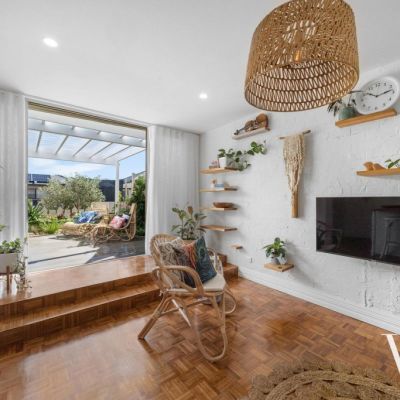The suburban '80s archway is back in fashion
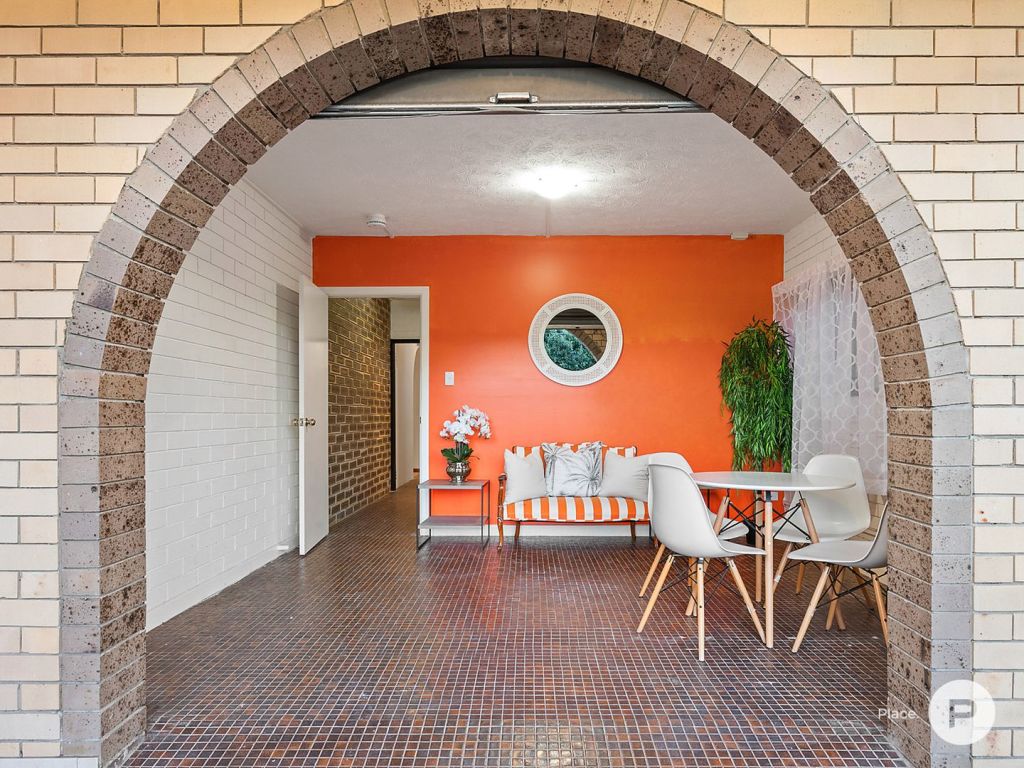
For those who grew up in 1980s suburbia, surrounded by brick veneer homes, the return of the Spanish mission-inspired archway might come as a surprise.
But according to Sydney-based interior designer Genine Noakes, the return of the ’80s archway – from hallway entrances and windows to brick facades – is not surprising at all, given that Mediterranean architecture is back in vogue.
“I’ll tell you why arches are fashionable again,” she says. “Because the Mediterranean-style of architecture is back in fashion.”
“Before COVID hit, Greece, Italy and the Mediterranean were becoming increasingly popular travel destinations, and everyone was posting these amazing pictures on Instagram, and we fell in love with the architecture and the beautiful Mediterranean gardens all over again,” she says.
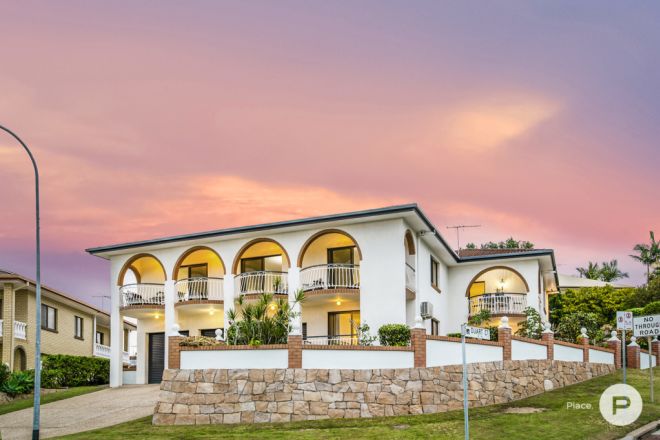
“Now, because of COVID, we can’t get over there, so we are creating our own little Mediterranean worlds,” she says.
Ms Noakes says the reason why so-called Spanish arches were so popular in the 1980s and late-1970s was that they were a feature of the “immigrant era” style of home.
“During this period, you had new immigrants from southern Europe building homes in more affordable suburbs, incorporating many Mediterranean-style features such as marble and mirrors and arches,” she says.
“They are the same style of archways you also see in the Spanish Mission-style homes built in the 1940s, which you see across many parts of eastern Sydney, for example,” she says.
The owner of a late-1970s brick veneer home in East Brisbane says the return of the immigrant era archway should be celebrated.
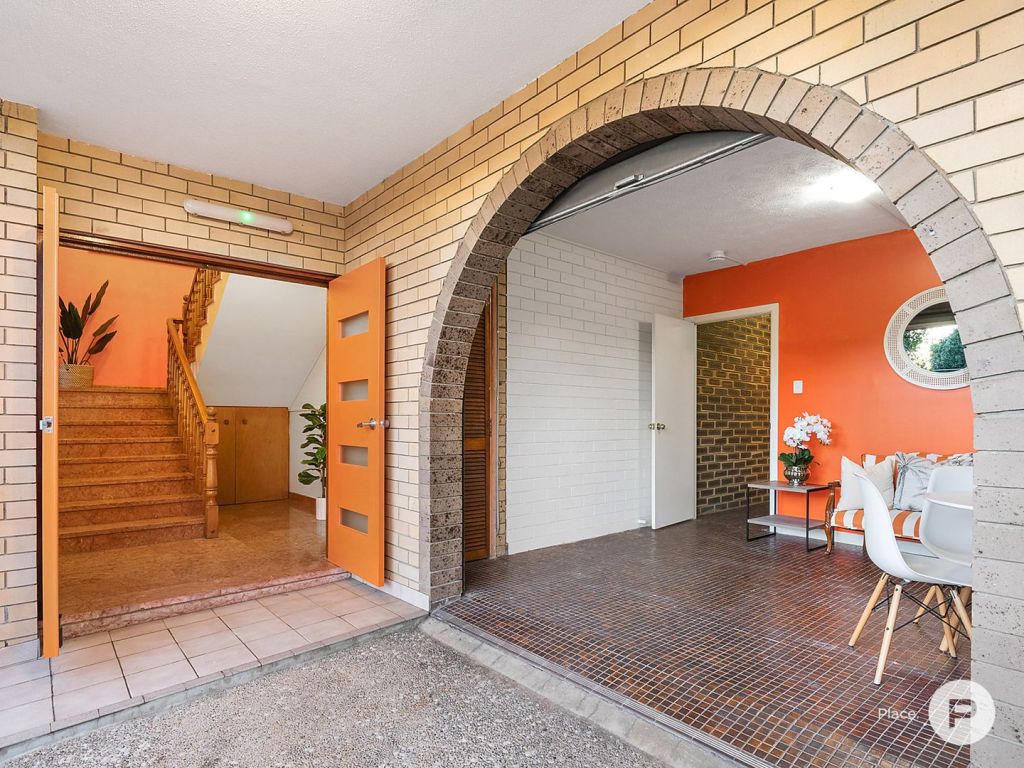
Marissa Vecchio, who has just listed the home at 15 Blackall Terrace for sale, says she was determined to keep as many of the home’s original features as possible, including its signature archways.
The home was built by an Italian immigrant family, and Ms Vecchio, who bought the property in 2015, had previously been renting it out as 12-bedroom student accommodation before transforming it into a six-bedroom family home ready for sale.
“As someone who has an Italian mother and an uncle who was a builder, I grew up in a family home very similar to this,” she says.
“Every time I pulled up the carpet and found the original tiles, it was a real blast from the past, and I thought ‘why change it’,” she says.
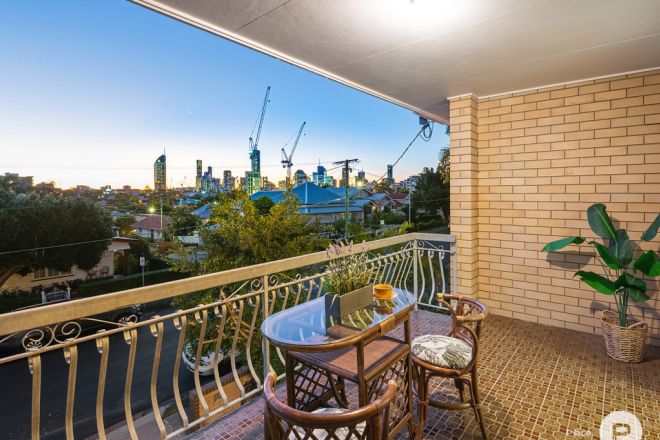
Ms Vecchio says she thinks it’s wonderful that Mediterranean-style archways are back in fashion.
“For a long time, everyone has wanted to cover them up. But I really wanted to preserve all the archways and make them a real feature, which we’ve done,” she says.
From Carindale in Brisbane to Ocean Grove on Victoria’s Bellarine Peninsula, current real estate listings reveal many owners of homes built in the 1970s and ’80s are choosing to preserve the original archways and even make them a feature of the home.
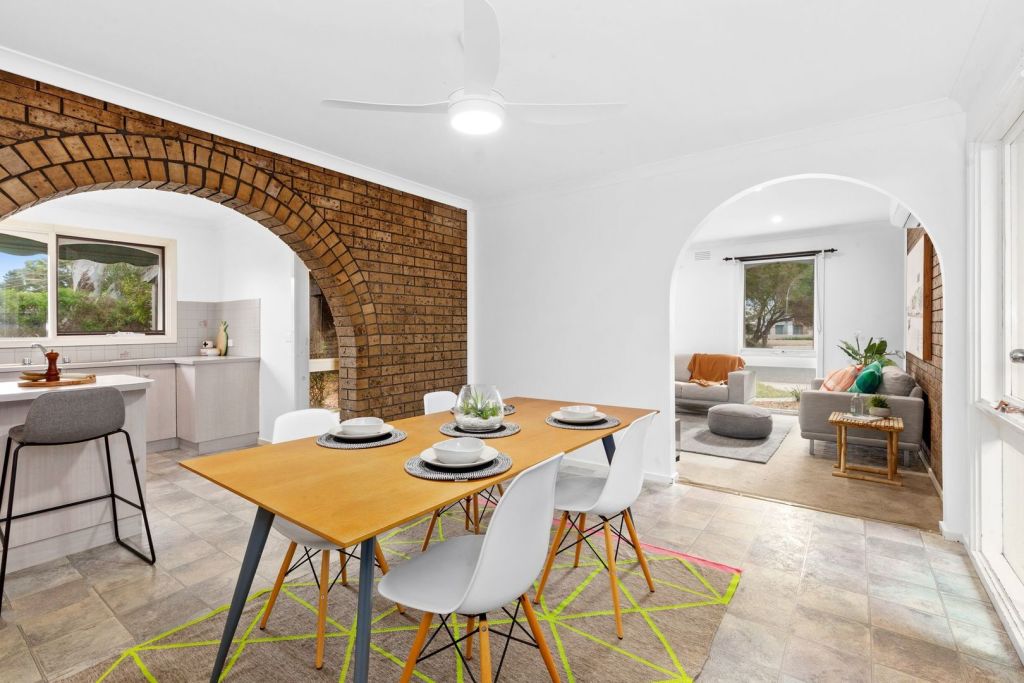
Many new homes and apartment buildings are also paying homage to the Mediterranean archway – popular in Australia in the late-1940s among post-war migrants and again in the “immigrant era” of the late 1970s and ’80s.
For example, a new boutique apartment development in Footscray, called Arco, uses Mediterranean arches throughout – from the facade right through to a walk-in wardrobe with an arched entrance.
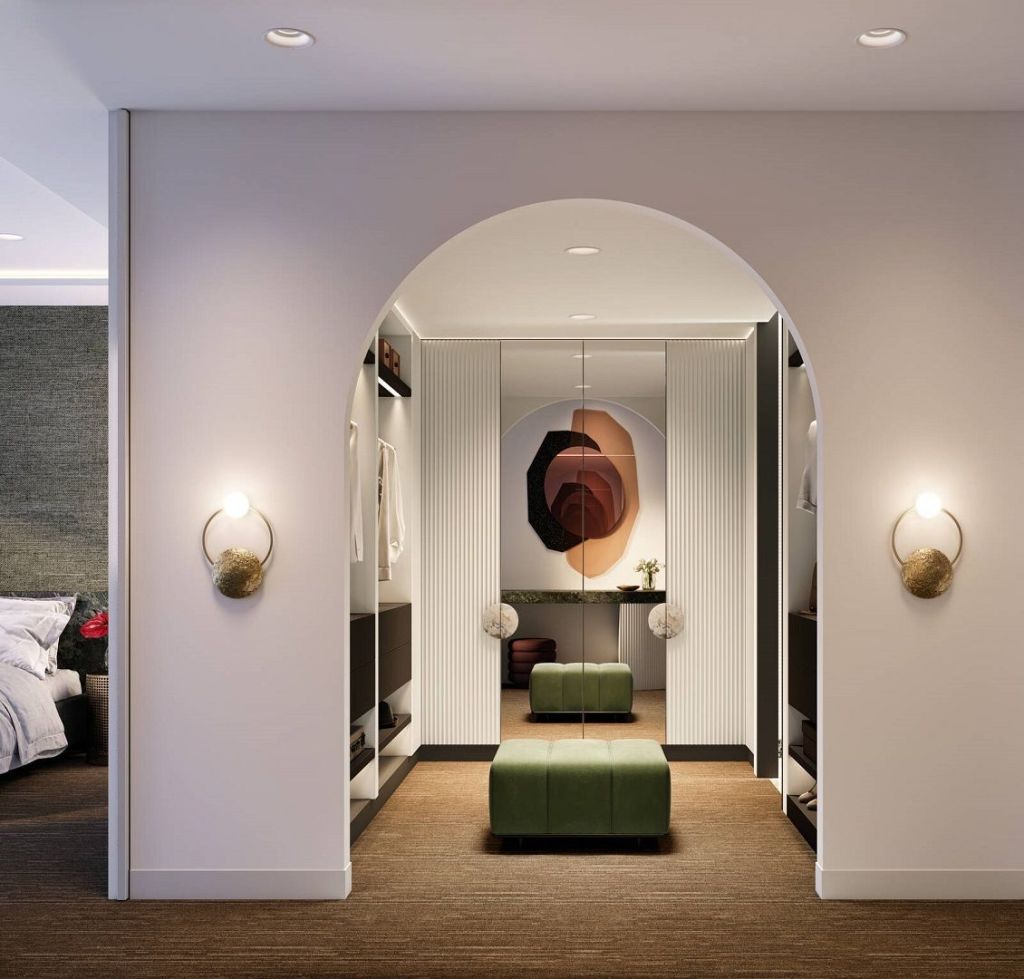
Ms Noakes, who specialises in upgrading existing homes, is passionate about retaining the homes’ original elements, no matter what period it was built in.
“I encourage all my clients to celebrate their home’s original features. All original features, including arches, can be updated to reflect a contemporary setting,” she says.
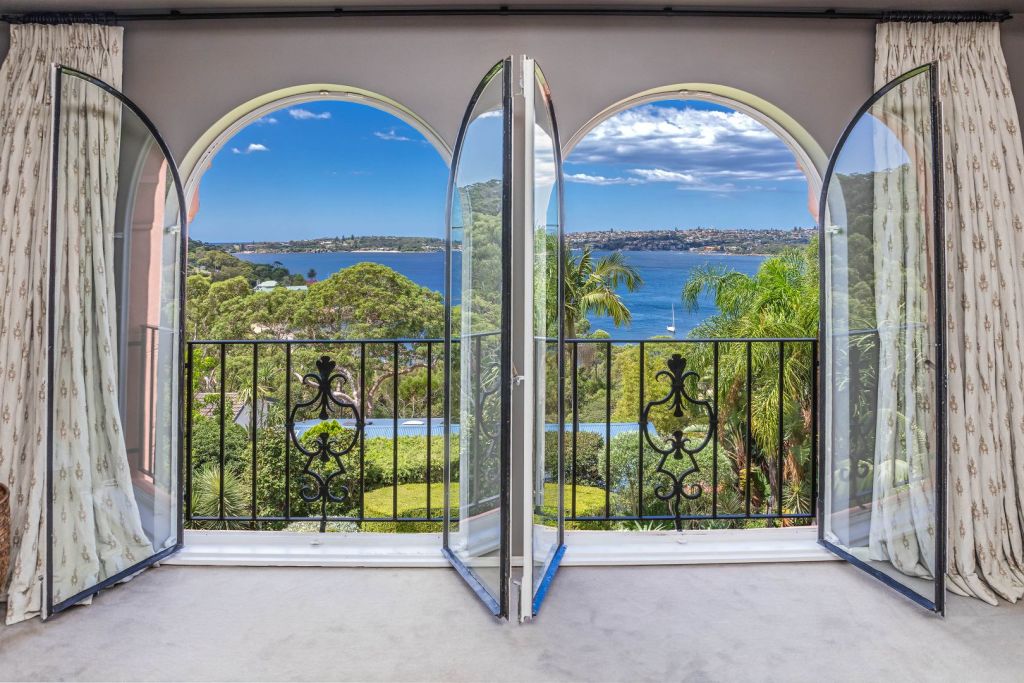
“I had a client a few years ago who wanted to square off the archway in her 1980s home between the entrance and the living space, and I said ‘no way’.”
“There goes your moment. There goes your entrance. Arches frame a space so much better than a boring square entrance,” she says.
We recommend
We thought you might like
States
Capital Cities
Capital Cities - Rentals
Popular Areas
Allhomes
More

